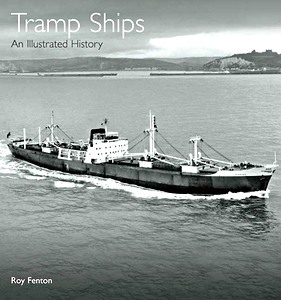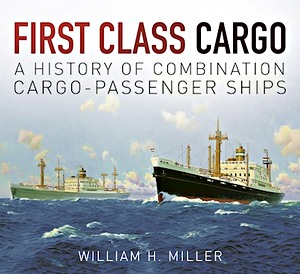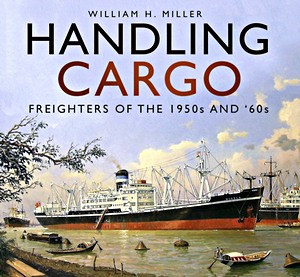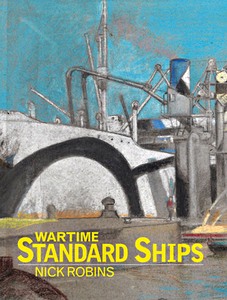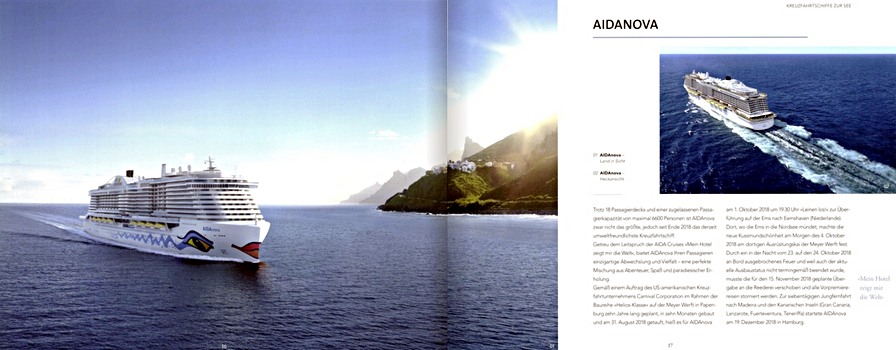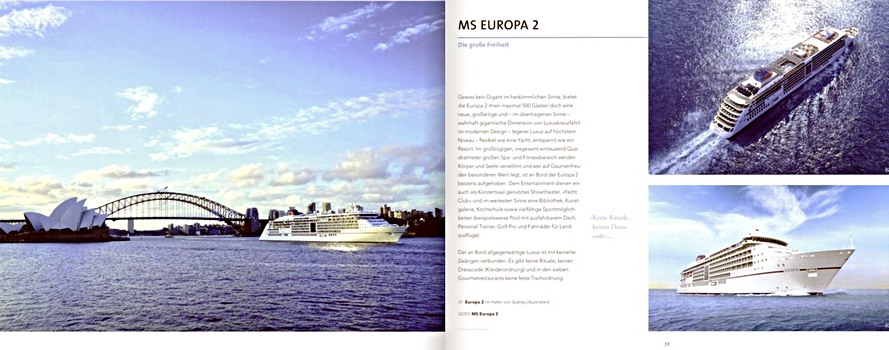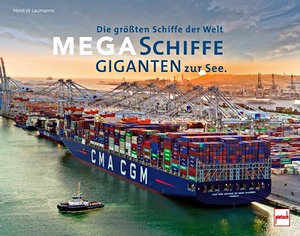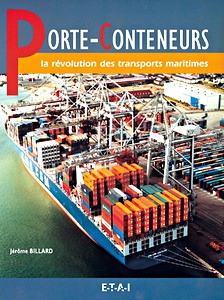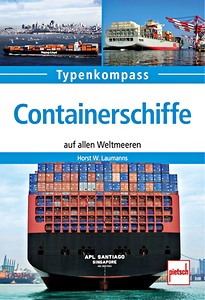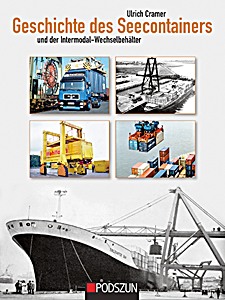Looking Back at Traditional Cargo Ships
Covers cargo ships that are termed mid-ships layout, three-quarters aft layout and also those with a split superstructure. The book looks at cargo liners, former cargo liners and tramp ships in service under a wide variety of flags. Some ships date back as far as 1914 and some of the classic designs that appeared through to the early 1980s are also covered.
This is the latest book in the Looking Back......series. There are stunning colour photographs of traditional cargo ships with detailed captions giving information about the ship, its history and location.
For the purpose of this book, a traditional cargo ship is defined as a dry-cargo vessel that has cargo accommodation both forward and aft of its machinery space.
Detalle del libro
| Autor: | Andrew Wiltshire |
|---|---|
| Presentación: | 80 páginas, 20 x 25 x 1.1 cm, tapa dura |
| Ilustración: | ricamente ilustrado con fotos y color |
| Editorial: | Bernard McCall (GB, 2015) |
| ISBN: | 9781902953694 |

Looking Back at Traditional Cargo Ships
Idioma: Inglés
Disponible en Amazon - pago segura y entrega rápido
Comprar en Amazon.com


